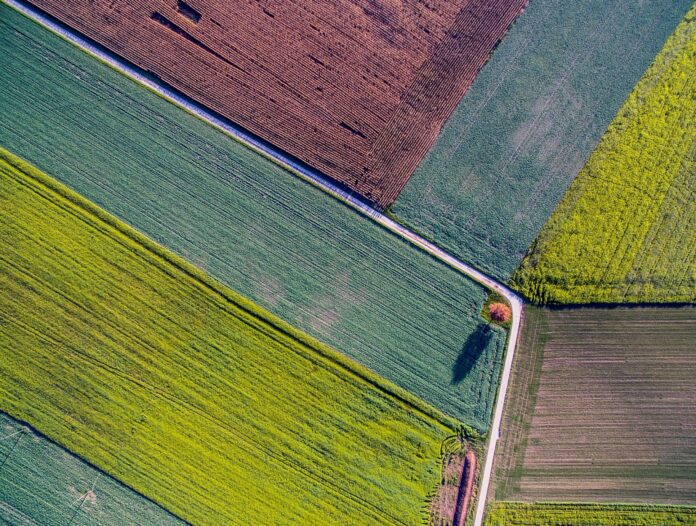Satellite imagery has long been used to tell what crops are grown in the field. This allows stakeholders to forecast grain supplies, assess crop damage and coordinate supply-chain logistics. While this information is vital, current crop mapping products are unable to provide these statistics early in the farming season. For example, the crop data layer (CDL), a national crop mapping product by the USDA National Agricultural Statistics Service, is often not released until 4-6 months after harvest. This is due to lengthy ground information collection required to train the backend algorithm for separating crops from satellite imagery.
In a study published in Remote Sensing of Environment, University of Minnesota researchers explain their development of a new method that allows stakeholders to know where corn and soybean crops are grown as early as July, with similar accuracy to the USDA CDL, and without ground surveys.
With satellite data availability growing coupled with advances in artificial intelligence and cloud computing, the bottleneck of satellite-based crop type mapping has shifted towards a lack of ground truth labels, which are records of crop types at specific locations. In such cases, scientists have attempted to use outdated labels to identify crops in the target year. However, this type of model often fails because changes in soil, weather and management practices in a given year can change how crops look in satellite imagery.
To bypass the need for ground labels, the Minnesota method generates pseudo-labels (pseudo because these labels are not collected from fields) in any target year based on historical crop type maps. The method mimics how humans identify objects based on their relative positions (also called topology relationships) and uses a computer-vision model to identify corn and soybean based on these relationships in a two-dimensional space derived from satellite imagery. These generated pseudo-labels have similar quality to field-collected labels and can be used for earlier crop type mapping.
“This is a paradigm-shifting approach,” says Zhenong Jin, assistant professor in the Department of Bioproducts and Biosystems Engineering at the University of Minnesota.
“We found stable topology relationships existed for different crops in different years and different countries, indicating that our approach has the potential to be extended to a general framework that works for many different scenarios,” says Chenxi Lin, a Ph.D. candidate and first author of the work advised by Jin.
The study also found:
- The approach could generate pseudo-labels of similar quality to field-collected labels for different crops grown in different years and different regions.
- In the U.S., the accuracy of crop type mapping based on generated pseudo-labels could approximate USDA’s CDL product at least 6 months earlier.
- In addition, the high-quality, early-season crop type maps generated from the proposed approach are also useful for a variety of other activities.
As the researchers look ahead, they acknowledge that implementing this approach relies on sufficient historical ground truth labels, which is not an issue for resource-abundant regions such as the U.S. and parts of Europe, but is a limited resource for regions such as Africa.



